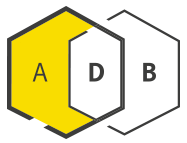Compound ID | 2029
Prulifloxacin
Class: Fluoroquinolone
| Spectrum of activity: | Gram-positive & Gram-negative |
| Details of activity: | Binds to type II topoisomerases, gyrase and topoisomerase IV and thus, inhibits DNA cleavage and ligation reactions. It kills bacterial cells by increasing the concentration of enzyme–DNA cleavage complexes, thereby inhibiting cell replication. |
| Description: | Synthetic quinoline derivative, prodrug of ulifloxacin. Very similar to ciprofloxacin. |
| Year first mentioned: | 1987 |
| Development status: | Approved in Japan, off-patent, available in some countries |
| Chemical structure(s): | |||||||||||
|
|
| External links: | |
| PubChem link: | https://pubchem.ncbi.nlm.nih.gov/compound/65947 |
| Guide to Pharmacology: | prulifloxacin |
| Citations: |
|


